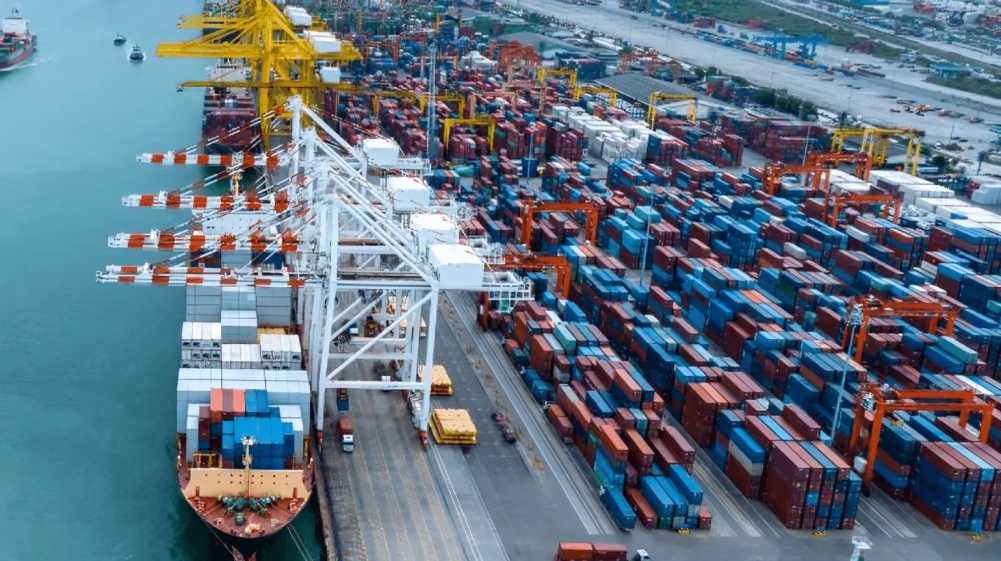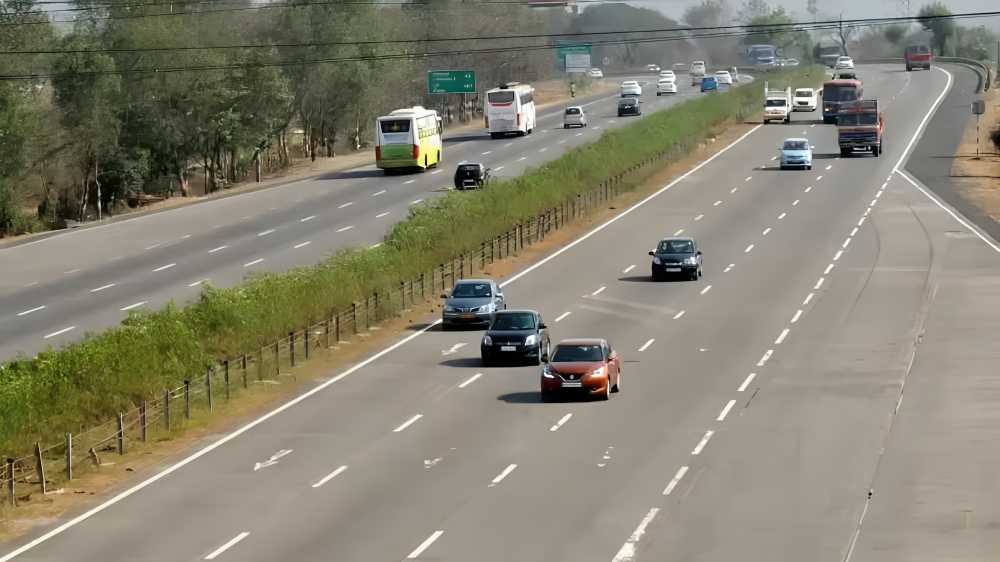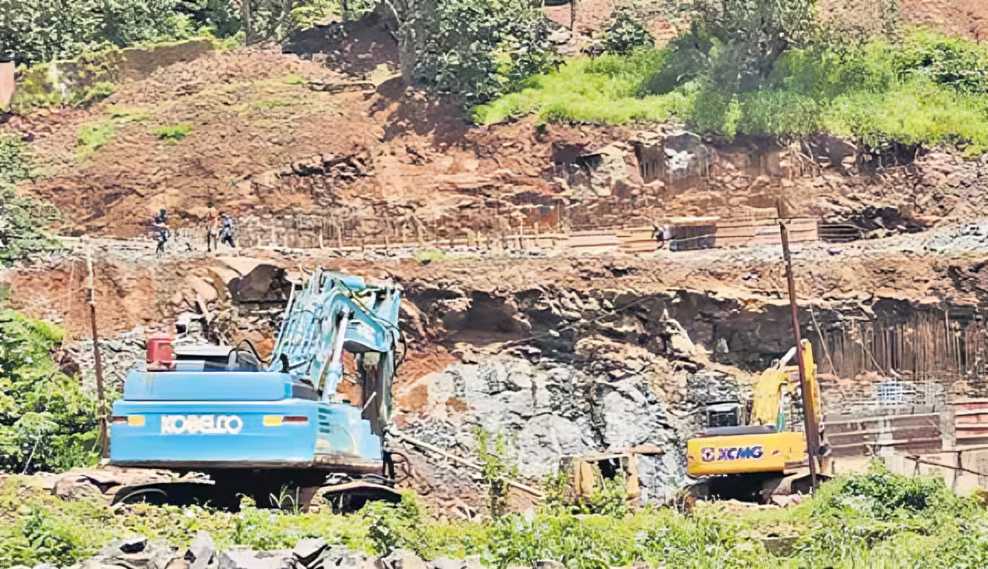November 18, 2025: India’s rapid infrastructure expansion—spanning metro corridors, expressways, airports, and industrial zones—is reshaping urban property markets and creating new investment hotspots for 2026. With the Union Budget 2024-25 allocating Rs 11.11 lakh crore for infrastructure and the interim Budget 2025-26 raising it to Rs 11.21 lakh crore, connectivity-led appreciation is accelerating across major cities.
Metro connectivity remains the strongest driver of residential price growth. Knight Frank India’s research shows properties within 500 metres of operational metro stations appreciated 58% faster between 2018 and 2023 compared to areas without metro access. In Mumbai, Andheri East experienced a surge from Rs 18,000 per sq ft to Rs 28,000 per sq ft between 2019 and 2024 after Metro Line 7 became operational. Anarock data indicates properties within 300 metres of stations in Mumbai appreciated eight to 12% in Q1 2025 alone.
Delhi, Bengaluru, Pune, Chennai, and Ahmedabad are mirroring this trend as large metro expansions near completion. Bengaluru’s Whitefield saw prices jump from Rs 5,800 per sq ft to Rs 7,600 per sq ft after the Purple Line extension, and further to Rs 8,400 per sq ft by January 2025. Walking distance remains crucial: homes within 200–400 metres of stations command a 20–25% premium over those a kilometre away.
Expressways are unlocking large land banks and new residential corridors. The Delhi-Mumbai Expressway has halved travel time from 24 hours to 12 hours, transforming markets like Sohna, where prices grew 38% in 2023 and another 31% in 2024. Gurgaon’s sectors along the Dwarka Expressway witnessed cumulative appreciation of 320% from 2010 to early 2025. The Mumbai-Nagpur Samruddhi Expressway has also triggered a 45% increase in residential launches and pushed land prices around Nashik from Rs 12,000 per sq metre in 2021 to Rs 22,500 per sq metre in Q1 2025.
Airport infrastructure is generating high-value real estate clusters. India plans to expand its operational airports from 164 to 220 by 2026 under UDAN. Noida’s upcoming Jewar Airport has already pushed Noida Extension prices from Rs 3,200 per sq ft in 2019 to Rs 5,300 per sq ft by March 2025. Panvel has similarly surged due to Navi Mumbai International Airport, with transactions rising from 1,800 in 2020 to 4,100 in 2024 and prices touching Rs 10,800 per sq ft.
Industrial corridors such as the Delhi-Mumbai Industrial Corridor (DMIC) and the Chennai-Bangalore Industrial Corridor are spurring long-term residential demand. Dholera, India’s first planned smart industrial city, has seen land prices rise from Rs 350 per sq metre in 2015 to Rs 3,200 per sq metre in 2025. Greater Noida’s industrial belt, driven by investments from Samsung and Yamaha, saw residential demand increase 55 per cent between 2019 and 2023.
For buyers, projects that are 60–70% complete offer the best risk-reward balance, as execution delays remain common. Properties in emerging corridors with upcoming infrastructure—such as Sarjapur Road in Bengaluru, Pimpri-Chinchwad in Pune, and Thane’s Metro Line 4 zone—offer strong appreciation potential for 2026.
With infrastructure investment projected to rise to 7.8% of GDP by 2027, connectivity-led real estate growth will continue strengthening. For investors with a five–seven-year horizon, buying near upcoming but credible infrastructure projects remains one of the most reliable appreciation strategies in India’s property market.





